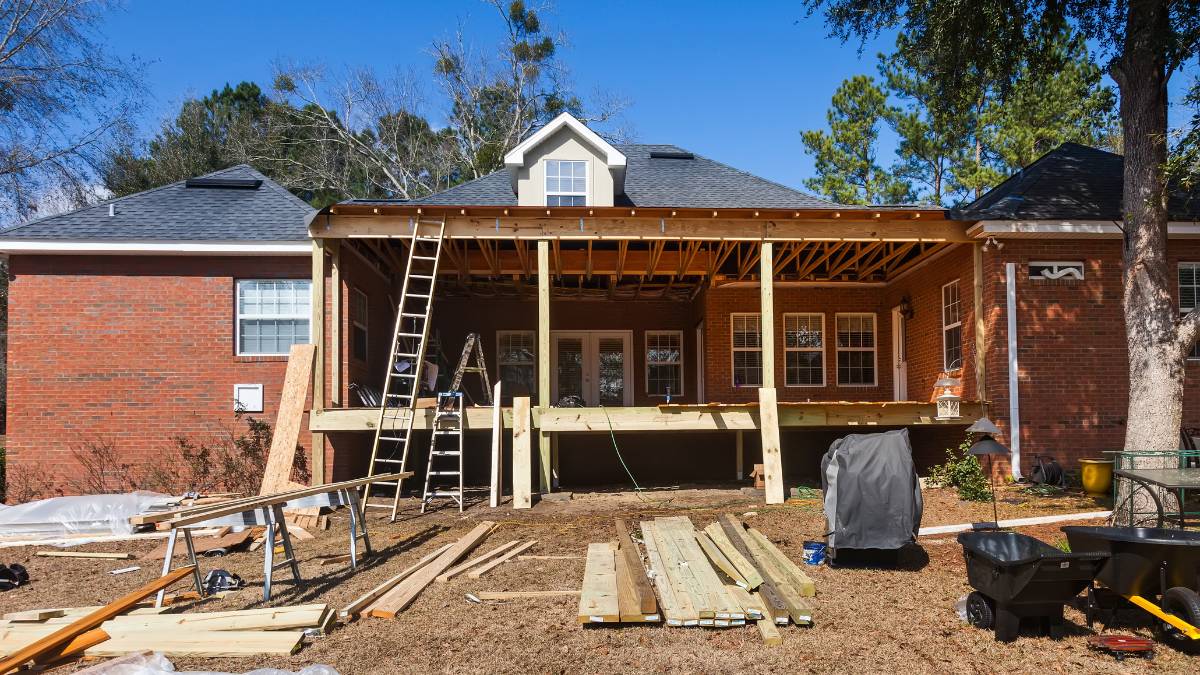Last Updated on April 10, 2025 by Kravelv Spiegel
Undertaking a home improvement project is an exciting endeavor that allows you to transform your living space and enhance your property’s value. However, to ensure a smooth and successful renovation, meticulous planning is needed.
In this article, we will provide you with ten valuable tips for planning a home improvement budget.
1. Assess Your Needs and Prioritize
Begin your budgeting process by carefully assessing your home’s needs and prioritizing improvement projects. Create a list, ranking projects based on factors such as safety, functionality, and aesthetics. Prioritizing helps you allocate your budget wisely, focusing on the most important areas first.
2. Set a Realistic Budget
Establish a realistic budget by researching costs associated with materials, labor, and additional expenses like permits or design services. Ensure that your budget aligns with your financial capabilities and include a contingency fund for unexpected costs.
3. Obtain Multiple Quotes
Don’t settle for the first contractor you find. Seek quotes from multiple reputable contractors to get the best value for your money. Compare not only costs but also the quality of work, warranties, and references from previous clients. This thorough vetting process will help you make an informed decision.
4. Consider Home Improvement Financing from Contractors
A smart way to manage your budget is to explore financing options offered by contractors. Many reputable contractors partner with financial institutions to provide tailored financing solutions. These financing options allow you to spread the project’s cost over manageable monthly payments, making it more affordable.
Home improvement financing from contractors often offers competitive interest rates and flexible terms, letting you choose a plan that fits your budget. Some options may even provide promotional periods with low or zero interest rates, reducing your financial burden.
5. Prioritize Energy Efficiency
Invest in energy-efficient upgrades to save on long-term utility bills and potentially qualify for tax incentives or rebates. These upgrades can include improving insulation, installing energy-efficient windows and doors, or upgrading to high-efficiency HVAC systems.
6. DIY vs. Professional Help
Consider whether to tackle certain projects yourself or hire professionals. While DIY projects can save money on labor, they may require more time and effort, with costly mistakes. Assess your skills and the task’s complexity before deciding.
7. Research and Select Quality Materials
Find a balance between cost and quality when selecting materials for your project. High-quality materials may have a higher initial cost but offer durability and long-term value, reducing maintenance and replacement expenses.
8. Plan for Contingencies
Allocate a portion of your budget for contingencies (10%-15%) to cover unexpected challenges or hidden issues that can arise during the renovation. Having a safety net can prevent budget overruns and provide peace of mind.
9. Explore Cost-Saving Alternatives
Seek cost-saving alternatives that achieve desired results without overspending. For instance, consider refinishing or refacing kitchen cabinets instead of replacing them, and explore reusing fixtures and materials from your existing space.
10. Obtain the Necessary Permits
Research and budget for permits and fees required for your project. Failing to secure necessary permits can result in costly fines and delays. Complete all paperwork and approvals before commencing work to avoid setbacks.
By incorporating these ten tips into your home improvement budgeting process, you’ll be well-prepared to manage your project efficiently, control costs, and achieve your desired results. With careful planning and consideration, your home improvement project can turn your living space into the ideal environment you’ve always envisioned.

